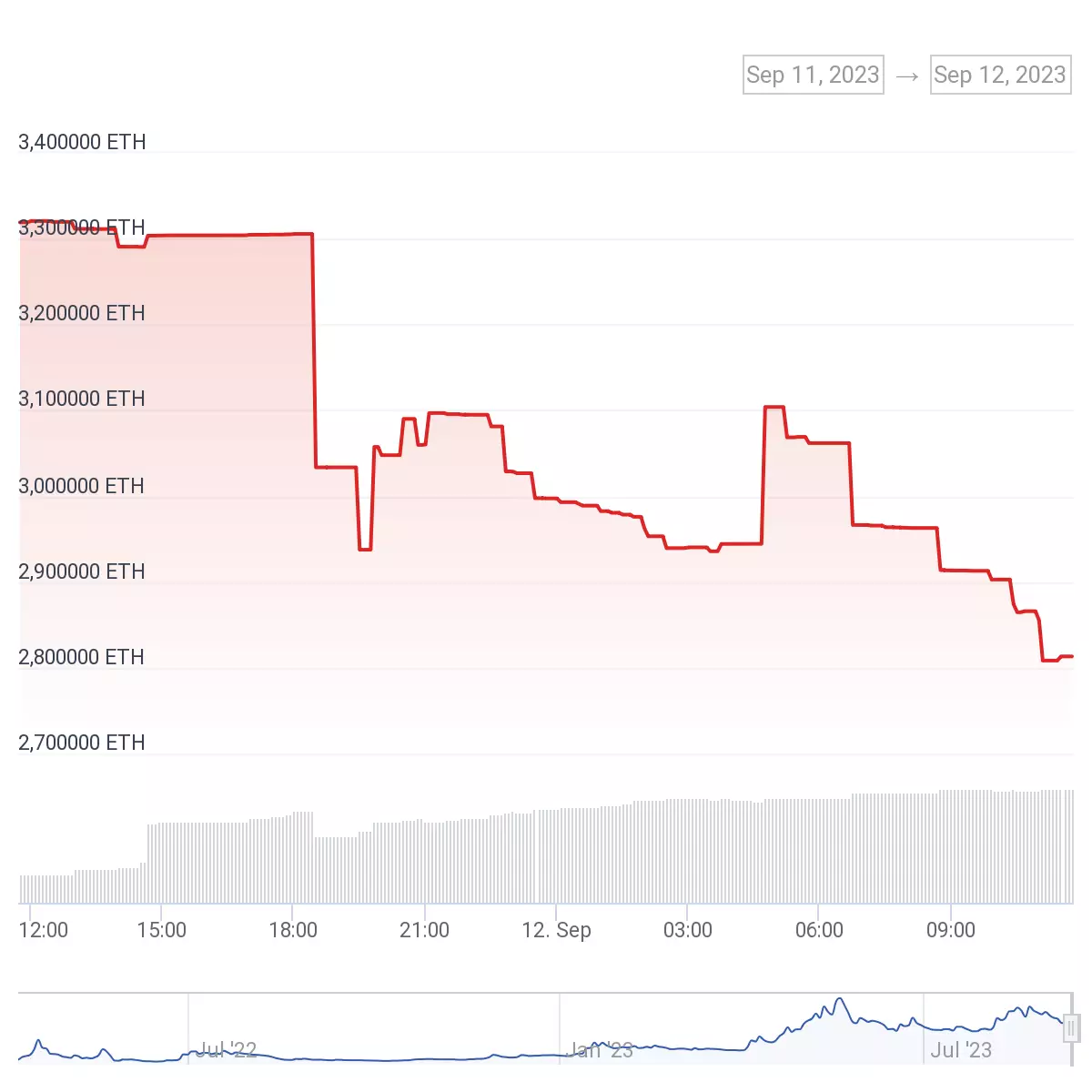Subscribe to our Telegram channel

Developers of cryptocurrency, whose growth was influenced by Elon Musk, turned out to be fraudsters
The co-founder of Remilia Corporation under the pseudonym Charlotte Fang reported the theft of about $ 1 million by the developers of the Milady NFT ecosystem and the hacking of the project’s social media accounts. According to Charlotte Fang, in addition to the theft, Milady, Remilia, and Remilio Baby accounts were compromised. The attackers managed to hack the accounts: miladymaker, remilionaire and remiliacorp.
«New official accounts of the Milady project: RemiliaCorp333, MiladyMaker333, and RemilioBaby. We are temporarily suspending Bonkler and will resume it after the upgrade to version 2. The new version will allow issuing loans against Bonkler collateral and deploying treasury operations. All Remilia NFTs, metadata, and domains remain secure. Remilia’s reserves have not been affected and your assets are completely safe ,» the statement said.
According to Dune Analytics, the news caused the price of Milady Maker to drop by 12.4% in 24 hours. In addition, there was a massive sale of the NFT collection.
As a reminder, after Elon Musk posted a picture from the NFT Milady collection on his Twitter page (X), the owners of the memorable coin got rich by $ 20 million. According to media reports, the money went to the 10 largest holders of Milady Meme Coin (LADYS) tokens. However, due to the small amount of liquidity of the asset on exchanges, it may be difficult (most likely impossible) for large LADYS holders to realize these profits.
At the same time, Lookonchain analysts have noticed suspicious transactions with the LADYS cryptocurrency. 86 owners of Milady Meme Coin transferred 90 trillion tokens to several centralized crypto exchanges. A 26% drop in the value of the digital asset occurred just after LADYS tokens were deposited on trading platforms.
The current situation is quite expected — experts have repeatedly warned about the dangers of memtokens like LADYS. They are often developed by cryptocurrency fraudsters who can resort to blocking, theft, and large-scale dumping of a digital asset at any time.


